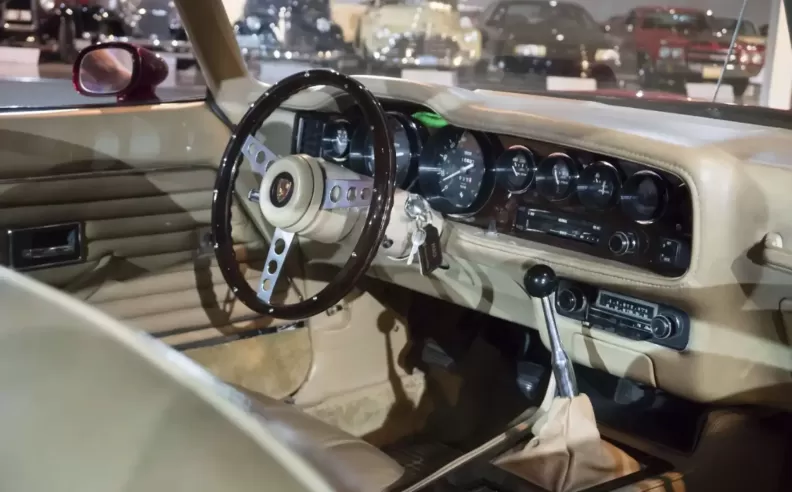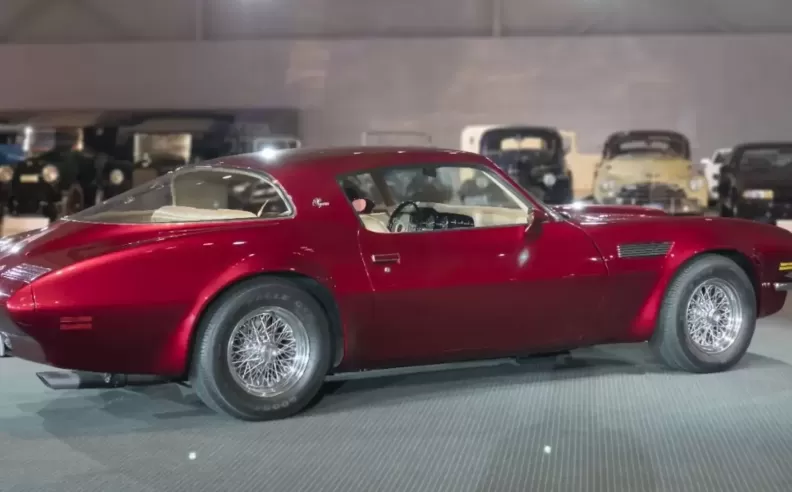In the world of automotive legends, few stories are as intriguing as the GM Pegasus project. This was not just another concept car — it was a bold experiment where Detroit muscle met Italian engineering. Built in the early 1970s and kept hidden for years, the Pegasus was a Pontiac Firebird with the soul of a Ferrari, powered by a real V12 engine from Maranello. Let’s uncover the secrets behind this unique creation that merged American style with European performance.

During the early 1970s, GM designers looked to Europe for inspiration. The second-generation Pontiac Firebird already echoed the curves and proportions of legendary Ferraris, especially the 250 GT. But under the guidance of GM design boss Bill Mitchell, the team took it a step further and built the Pegasus — a Firebird with a genuine Ferrari 365 GTB/4 Daytona V12 engine under the hood.
To fit this exotic powertrain, engineers had to push the firewall back by 230 mm. The result was a car that looked like an American icon but sounded and drove like a thoroughbred Italian sports car. It combined classic Pontiac styling with a level of glamour and performance rarely seen in Detroit at the time.

The Pegasus was more than just an engine swap. Its design included a vented hood with a distinctive scoop, real Borrani wire wheels from Ferrari’s own supplier, and rear disc brakes borrowed from the Corvette. The interior was even more unique, mixing the familiar shape of the Firebird dash with genuine Ferrari gauges and real leather upholstery. The result was a cabin that felt more like a European grand tourer than a typical 1970s muscle car.
Some of the Pegasus’s features actually influenced later GM models. The wraparound rear window and semi-recessed headlights appeared on later Camaros and Firebirds, while the sleek tail design made its way to other Pontiacs. Even after its secret days, the Pegasus left a real mark on American car design.

Behind the wheel, the Pegasus offered a mix of Detroit and Maranello. It had the loud, rev-happy V12 of a Ferrari Daytona and the handling traits of a classic muscle car, with power steering and a live rear axle. Test drivers described the sound as pure Ferrari, and the car could even spin its tires in third gear.
After its time as a secret prototype, the Pegasus stayed with Bill Mitchell, GM’s design chief, until his retirement. Today, it lives in the GM Heritage Collection as a testament to one of the wildest and most creative projects in the company’s history. The Pegasus remains a symbol of what happens when designers dream big and break the rules, creating a true one of a kind in automotive history.

Started my career in Automotive Journalism in 2015. Even though I'm a pharmacist, hanging around cars all the time has created a passion for the automotive industry since day 1.

